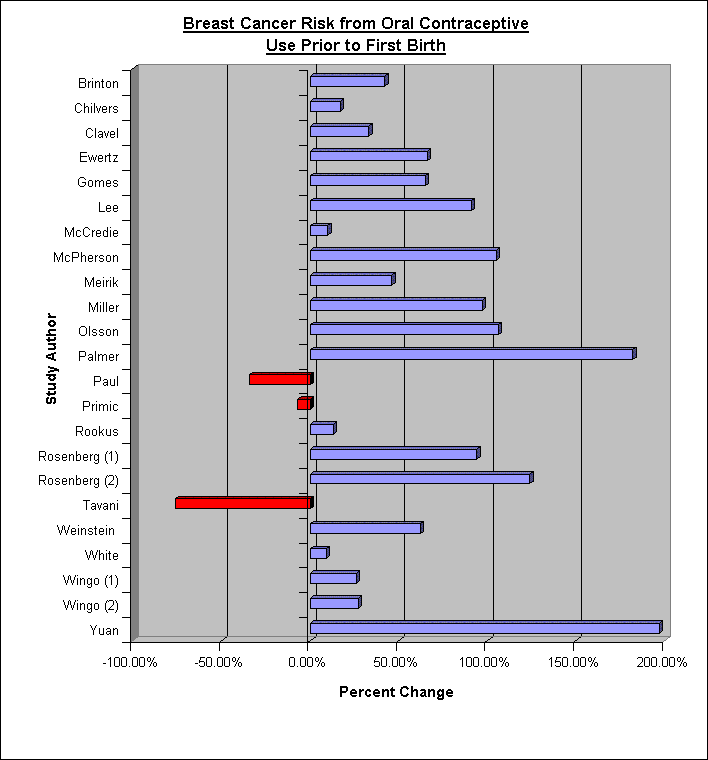

For instance, some commentators are trying to argue that European countries have successfuly shown that the almost-universal use of birth control has led to lowering abortion rates. But this is hard to prove.
Sometimes it's a matter of statistical confusion --- a confusion for which it's had to blame people, because it pervades the literature on family planning.
Let me give you an example. Pregnancy data and abortion rates are not collected and reported the same way in every country in the world. The much-heralded “lower” Dutch teen pregnancy and abortion rates used percentages based on all females under 20 years of age (including elementary school children), while ours are for adolescents ages 15 to 19. If you factor in prepubescent girls, as the Dutch do, you naturally you come up with a much smaller percentage who are unexpectedly pregnant or who have had an abortion.
One of the biggest reasons the Netherlands and other European countries have much lower abortion rates is that early abortions simply are not counted! If a young girl misses her monthly period and goes to a clinic, they don’t do a pregnancy test. They do a D&C (suction and scrape out her uterus) and call it a “menstrual extraction.” If there is no diagnosed pregnancy (no test to confirm), it is not reported as an abortion.
In short, much of the data commonly used to compare U.S. teen pregnancy and abortion data with other countries has not been adequately analyzed in terms of (1) differences in the statistical groups which form the basis for the comparison (all female children vs. all females between 15 and 20) and (2) differences in the reporting requirements for abortion (all procedures reported, vs. only the procedures which included a positive diagnosis of pregnancy.)
What is needed is a more careful evaluation of how pregnancy rates are reported from country to country.
An analysis of the Total Fertility Rate (TFR) of the European societies in which contraception is most universally accessible, shows that in every one of them the childbearing rate has plunged to far below the replacement level. The TFR of many of these countries (Greece 1.37, Italy 1.32, Romania 1.27, Belarus 1.25 ) show not sexual reproductive health, but demographic debacle.
Societies which have a collapsing childbearing rate may have also, I suppose, a low abortion rate. The disappearance of historic European societies, however, does not strike me as a positive outcome.